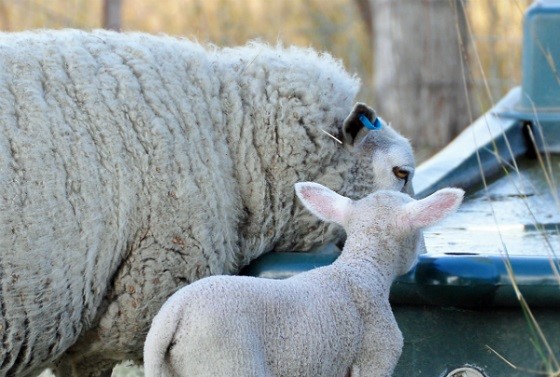January 30th, 2022Footrot care
The seasonal conditions of the past few months have been challenging for sheep and goat’s feet, particularly if your flock/herd has an underlying problem with footrot.
You may be asking yourself is it the right time to attempt to eradicate footrot from your livestock and property.
There are several factors to consider when determining the likelihood of success of a footrot eradication program.
First, environmental factors, these can promote the transmission of footrot and include moist conditions, mild temperatures (>10°C), and abundant feed; so, a wet summer has the potential to contribute to failure of a footrot eradication program.
Second, the virulence of the footrot. Eradication of virulent footrot is more feasible than benign footrot because the severity of lesions is more acute and therefore easier to distinguish those sheep infected from those that aren’t.
Unfortunately, with goats, virulent footrot can express as benign until they start co-grazing with sheep.
Third, the success of any program will be aided if the spread and severity of footrot was restricted in your flock/herd during spring.
If you decide to commence an eradication program, once the pasture has dried off in summer, all sheep/goats must be individually examined, foot by foot, paring sufficiently to ensure an accurate diagnosis.
The success or failure of a footrot summer eradication program is largely determined at this point.
During this initial examination, sort animals into clean and infected (infected or suspect) groups.
Removing all infected animals will give better results.
An infected group kept for treatment is a high risk for later breaking down and infecting your clean groups.
If infected animals are retained, they require foot paring, sufficient to expose all pockets of infection, and appropriate treatment.
This isn’t necessary if infected animals are to be culled: however, infected animals need to be fit-to-load if they are culled for slaughter via an abattoir.
The clean group can then be released into a clean paddock: which is a paddock that has not had sheep or goats in it for the previous seven days.
Every animal in the clean group must be examined again three to six weeks later, and this process repeated until two consecutive clean inspections are achieved.
If the infected group was retained, reinspect all feet after four weeks.
Any animal not cured should be disposed of immediately (if fit-to-load to an abattoir, otherwise euthanase on farm).
Repeat treatments and examinations until two clean inspections are achieved. The infected group now becomes the cured group.
From there, keep the clean and cured groups separate and isolated until after the next spring.
Keep sheep and goats under close surveillance for signs of lameness; any lameness must be checked to determine the cause. If footrot is detected, sadly the program needs to be repeated.
The engagement of sheep handlers, pneumatic shears or contractors can help make this difficult activity a little bit easier.
More information on footrot in sheep can be found at Footrot. Expert advice on diagnosis, treatment and program design to eradicate footrot is available from your veterinarian or an Agriculture Victoria animal health or veterinary officer on 136 186, or in New South Wales contact your Local Land Services.









